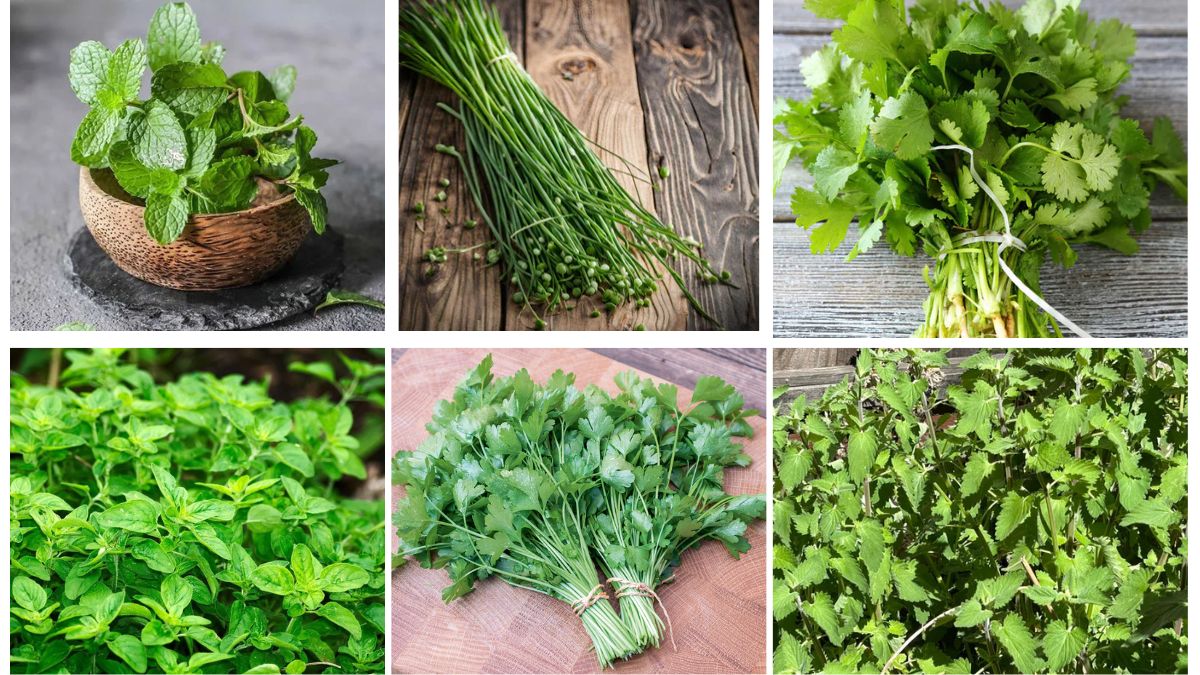You don’t need a sunny windowsill or a large outdoor garden to enjoy fresh, flavorful herbs at home. Many edible herbs are surprisingly adaptable and thrive in low-light indoor environments, making them perfect for apartments, shaded kitchens, or homes with limited natural light. Not only do these herbs enhance your cooking with homegrown goodness, but they also add a touch of green to your interior spaces. Here are 6 easy-to-grow, low-light edible herbs you can cultivate indoors year-round.
1. Mint
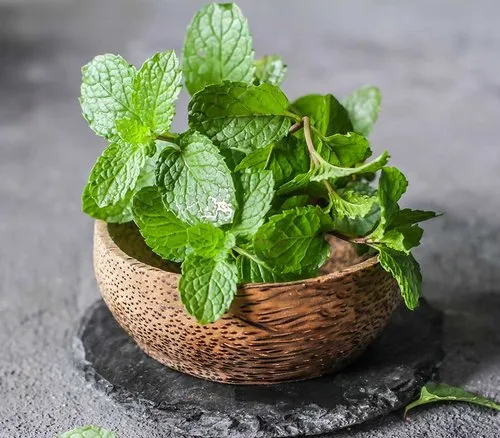
Mint is one of the most versatile and low-maintenance herbs you can grow indoors, thriving even in partial to low light. Its refreshing aroma and cool flavor make it a favorite for teas, desserts, and savory dishes. Mint grows vigorously in containers and prefers consistently moist soil. It can tolerate indirect light and still produce plenty of fragrant leaves. To keep it bushy and prevent legginess, regularly pinch back the growing tips. Varieties like spearmint and peppermint are especially well-suited for indoor growing.
2. Chives
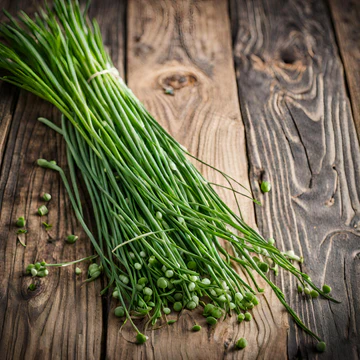
Chives are an ideal herb for indoor, low-light conditions, offering a mild onion-like flavor perfect for garnishing soups, omelets, salads, and baked potatoes. They thrive in small pots on a kitchen counter or near a window with filtered light. Chives prefer moist, well-drained soil and grow quickly from seeds or transplants. The slender, hollow green stems can be snipped as needed for fresh flavor. As a bonus, they produce delicate purple flowers in spring, adding charm to your indoor herb garden.
3. Parsley
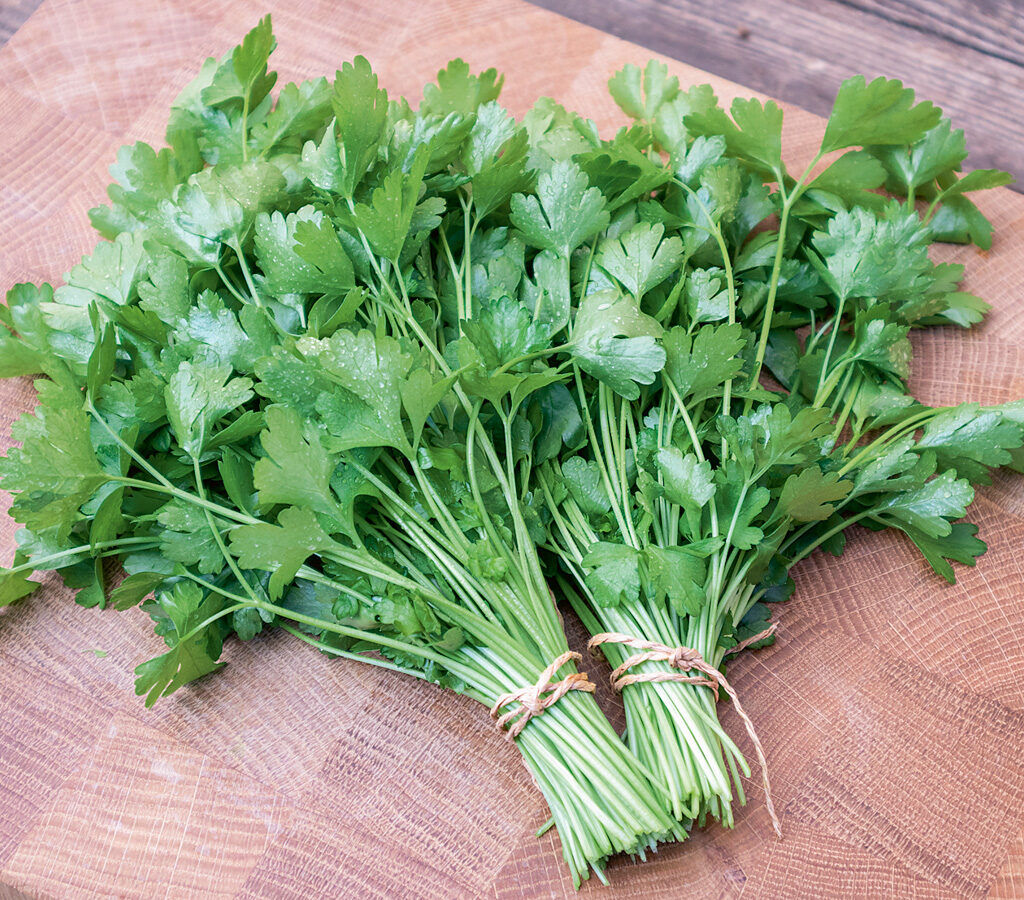
Parsley is a classic culinary herb that grows remarkably well indoors, even in areas with indirect or low light. Both flat-leaf (Italian) and curly varieties thrive in containers as long as they receive a few hours of diffused light each day. Parsley prefers moist, well-drained soil and benefits from occasional trimming to promote bushier growth. Its bright, fresh flavor enhances soups, sauces, salads, and garnishes. With consistent care, parsley can produce leaves continuously for months, making it a rewarding herb for indoor gardeners.
4. Cilantro (Coriander)
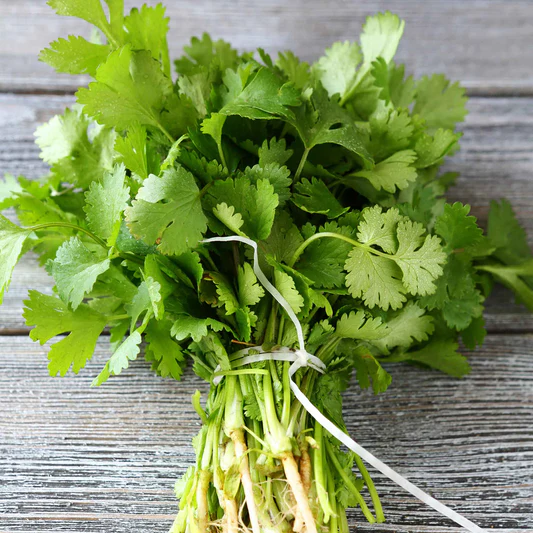
Cilantro, known for its bright, citrusy flavor, is a quick-growing herb that can handle lower light conditions when placed in a bright kitchen corner or near a shaded window. It prefers cooler temperatures and moist soil, making it a perfect fit for indoor herb gardens. Cilantro grows best when harvested regularly, as frequent trimming prevents it from bolting. Use its tender leaves in salsas, curries, soups, and salads for a burst of fresh flavor. Even if it bolts, its seeds (coriander) can be harvested for cooking.
5. Lemon Balm
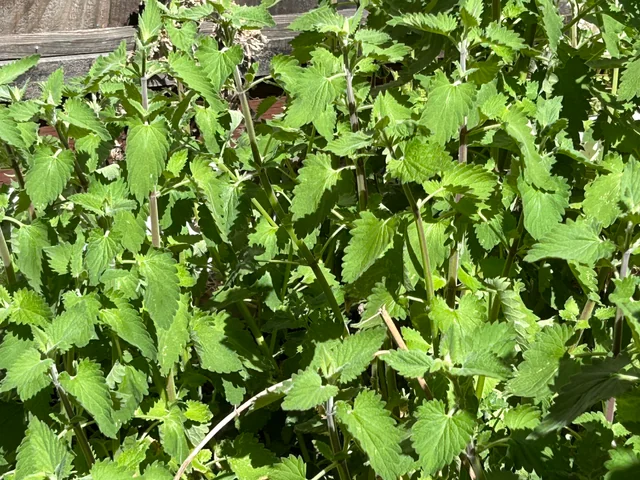
Lemon Balm is a fragrant herb with a subtle lemon scent and flavor, ideal for teas, desserts, and seafood dishes. It thrives indoors in partial shade or bright, indirect light, making it perfect for lower-light rooms or kitchen shelves. Lemon Balm prefers evenly moist soil and benefits from frequent trimming, which encourages lush growth and prevents legginess. Its calming aroma also makes it a natural air freshener. This easy-to-grow herb is known for its soothing qualities and gentle citrus notes in herbal infusions.
6. Oregano
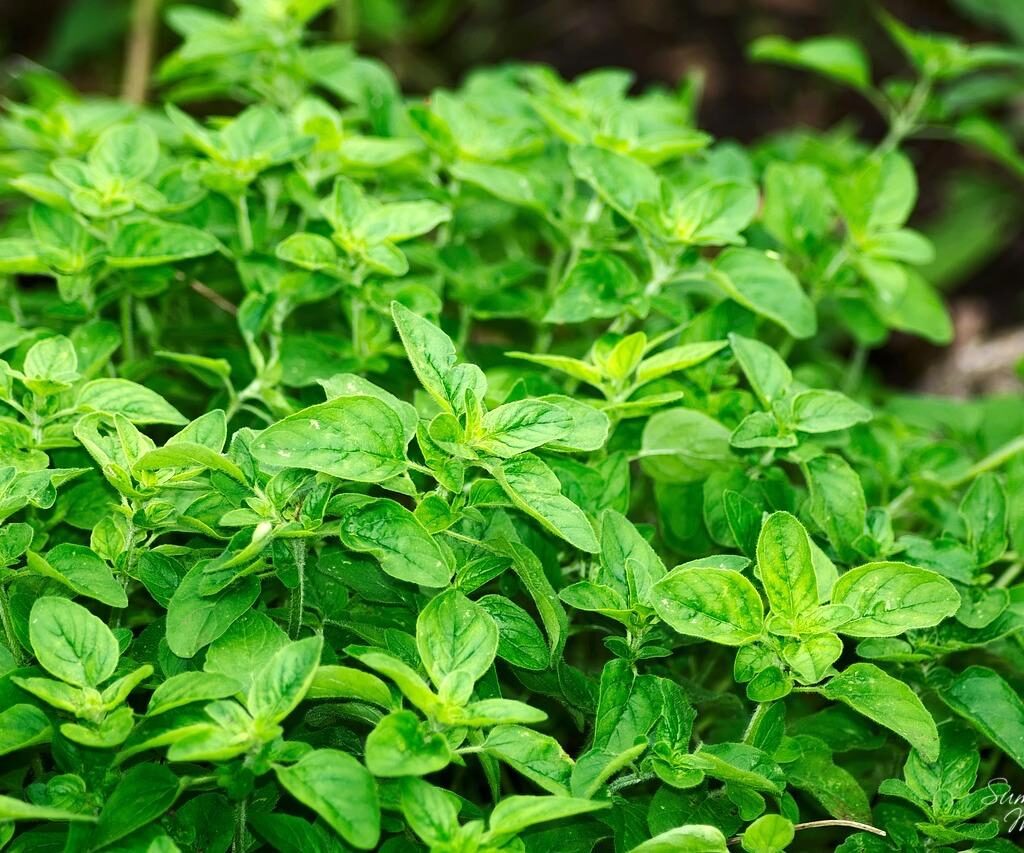
Oregano, a staple in Mediterranean cooking, is surprisingly tolerant of low-light indoor conditions. It thrives in containers and prefers soil that’s allowed to dry slightly between waterings. Oregano grows best in bright, indirect light but can adapt to partial shade. Its bold, earthy flavor enhances pizza, pasta sauces, roasted vegetables, and marinades. Regular trimming keeps the plant compact and productive, ensuring a steady supply of fresh leaves for cooking. Greek and Italian oregano varieties are both excellent choices for indoor growing.
Conclusion:
Even if your home lacks bright, sunny spots, you can still enjoy the satisfaction of growing fresh, edible herbs indoors. These 6 low-light herbs — from the cooling notes of mint to the robust flavor of oregano — are easy to care for, space-efficient, and perfect for culinary adventures. With minimal effort and a little love, your kitchen can become a green, aromatic haven filled with fresh herbs you can harvest and enjoy year-round.
